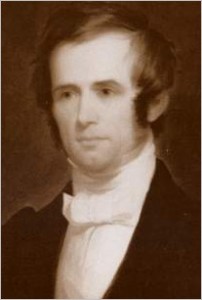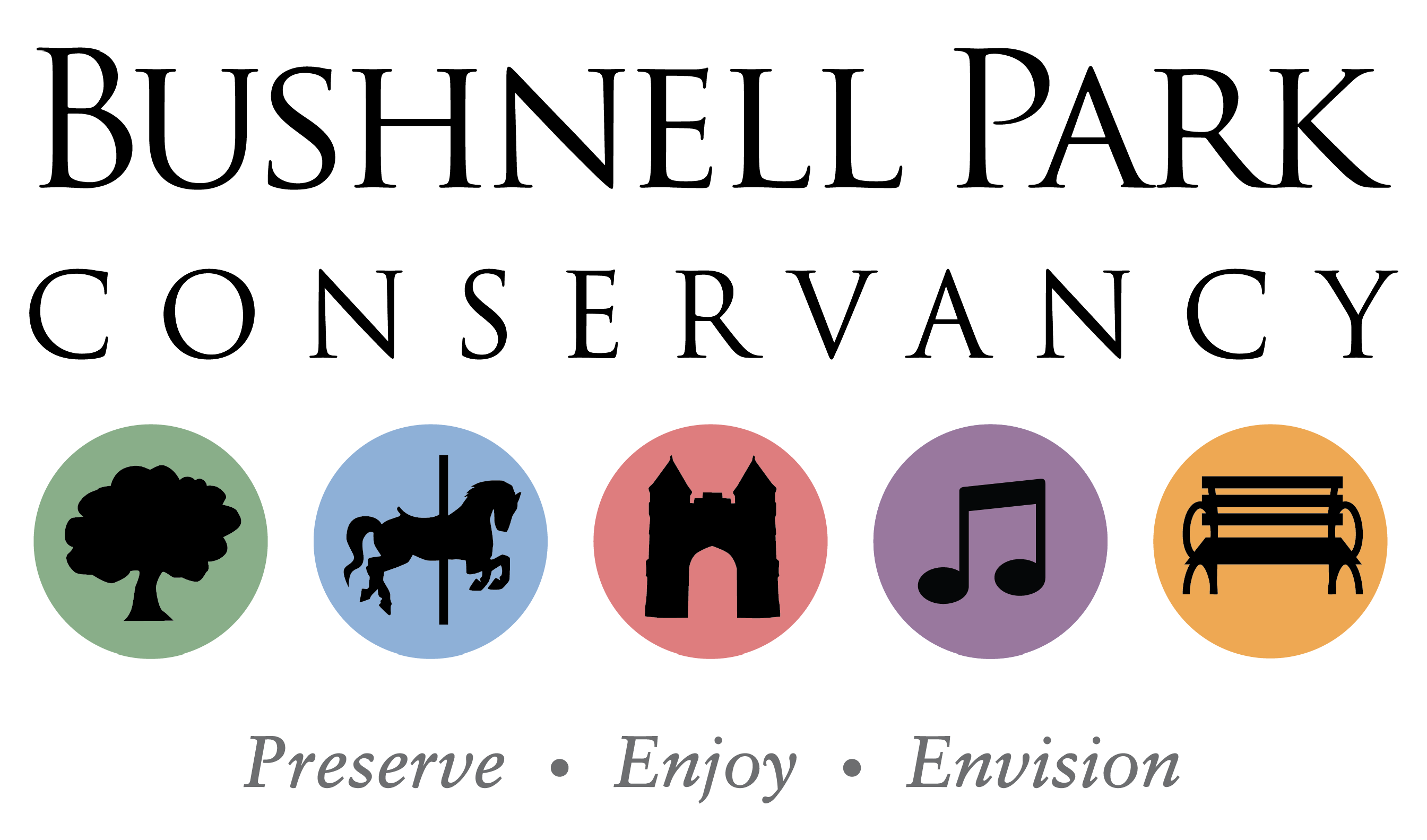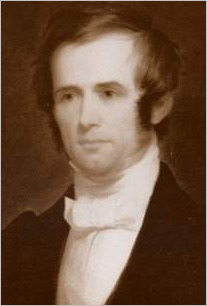 At his death in 1876, the Rev. Horace Bushnell, pastor of Hartford’s North Congregational Church (now Immanuel Congregational), was Hartford’s most loved and respected citizen and the leading American theologian of the nineteenth century. The author of 12 books, he was a true renaissance man, with interests–and genuine expertise–in many pursuits. He was an avid newspaper reader, followed politics with a passion, and expressed his opinions freely. The Rev. Robert L. Edwards of West Hartford, CT, who wrote a biography of Bushnell ( Of Singular Genius, of Singular Grace, Pilgrim Press, Cleveland, Ohio, 1992) once said, “He was a little too confident of his own opinions.”
At his death in 1876, the Rev. Horace Bushnell, pastor of Hartford’s North Congregational Church (now Immanuel Congregational), was Hartford’s most loved and respected citizen and the leading American theologian of the nineteenth century. The author of 12 books, he was a true renaissance man, with interests–and genuine expertise–in many pursuits. He was an avid newspaper reader, followed politics with a passion, and expressed his opinions freely. The Rev. Robert L. Edwards of West Hartford, CT, who wrote a biography of Bushnell ( Of Singular Genius, of Singular Grace, Pilgrim Press, Cleveland, Ohio, 1992) once said, “He was a little too confident of his own opinions.”
He was born in the Litchfield Hills of Connecticut, in Bantam, on April 14, 1802, and raised on his family’s farm. He led a rugged farmers’ life, working 14-hour days. Though of little means or social standing, his family always wanted him to become a minister. At the age of 21, he enrolled at Yale, where he spent the next 10 years, earning four degrees.
The idea for what was eventually to be called Bushnell Park was part of his deeply felt system of values. Since his early years, he had a love and appreciation for nature. Bushnell believed that man, nature and God are tied together in an organic whole. He said people influence each other in ways they don’t really realize, just by going about their daily lives.
Many influences of the times converged on Bushnell, which eventually led to the creation of City Park, as it was known for many years.
First was the Industrial Revolution–people were flocking to the cities, looking for jobs. They came from the farms of America, but also from abroad: mainly Roman Catholics from Ireland and Germany. They were poor and lived in squalor. American cities were beginning to resemble European slums, with soot-covered buildings, and air blackened from smoke. Bushnell didn’t want to see this happen to Hartford.
Nearby in Massachusetts, Emerson and Thoreau were preaching and writing about the philosophy of Transcendentalism, the idea that one could find God by communing with nature.
Also being very practical, Bushnell wanted the ugly, smelly parcel in the heart of Hartford cleaned up to make a better impression on visitors who entered the city by train and disembarked at Union Station, across from the park, as they do today. Like many urban renewal projects, creation of the park displaced about 200 poor people, most of them Irish laborers and African American servants in Hartford’s well-to-do households.
Bushnell, also the wise visionary, was looking ahead 20 years. From colonial times to the 1870s, Connecticut had two capitals: New Haven and Hartford. The General Assembly would alternate sessions between the two cities. Bushnell wanted to be sure Hartford was selected for the prestigious honor of being the sole capital. So, he proposed the park to create a magnificent setting for the state Capitol building.
Finally, as a clergyman, he had a moral concern for the poor. He wanted them to have some green space where they could relax, watch their children play and be refreshed–all the while becoming closer to God.
By 1850, political leaders in many cities were beginning to see that parks would mean more appealing municipalities, with higher property values, less pollution, better public health, places for sports and holiday festivities that could reduce the potential for social unrest. Nevertheless, Bushnell’s request for a hearing before the City Council caused a ripple of amusement when the 29 council members heard what he was going to propose. He was allowed to speak before an informal Council session on October 5, 1853.
Bringing a hand-drawn map, Bushnell spoke for over an hour. He said what was needed was “an opening in the heart of the city itself, to which citizens will naturally flow in their walks. A place where children will play and the invalid go to breathe the freshness of nature. A place for holiday scenes and celebrations; a green carpet of ground, where high and low, rich and poor will exchange looks; an outdoor parlor opened for the cultivation of good manners and a right social feeling. A place of life and motion that will make us more conscious of being one people.”
Both the Hartford Courant and Hartford Times published editorials endorsing his idea, and the following month the City Council appropriated $105,000 from the city treasury to acquire the 40 acres that were to become the park. In January 1854, the voters of Hartford also endorsed the appropriation by a wide margin. Thus, Hartford became the first city in America to spend public funds to build a public park.
But a park isn’t built overnight. It took several years to acquire the land and to settle on an acceptable design for the park. Finally in 1861, Swiss-born architect Jacob Weidenmann, working with Bushnell, came up with a suitable design. As part of his plan, Weidenmann selected 157 varieties of deciduous and evergreen trees and shrubs from North America, Europe and eastern Asia to grace the park. A total of 1,100 individual specimens were planted, creating a dense canopy of green covering the Park and screening out the sights and sounds of the city.
In 1874, Bushnell was attending the dedication of a statue to the Revolutionary War hero, Israel Putnam, which stands near the Capitol, when someone asked him where would he like his statue to be? Looking around, he pointed with his cane and jokingly said, “Put it down under the bridge yonder!” Yet, to this day there is no statue, monument or memorial honoring Horace Bushnell in the park that bears his name.
Although changed, Bushnell Park today remains an oasis in the heart of the city where people from all walks of life come to renew their spirit and energy.

